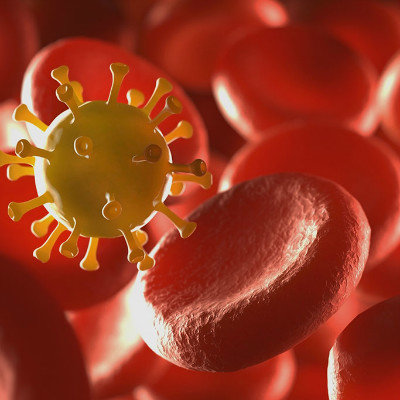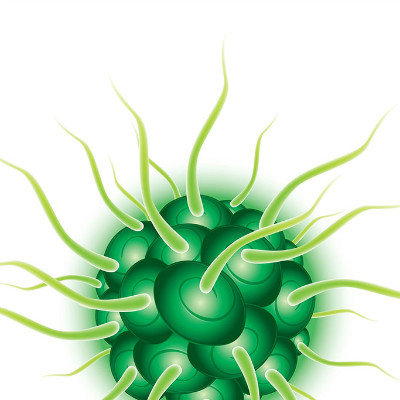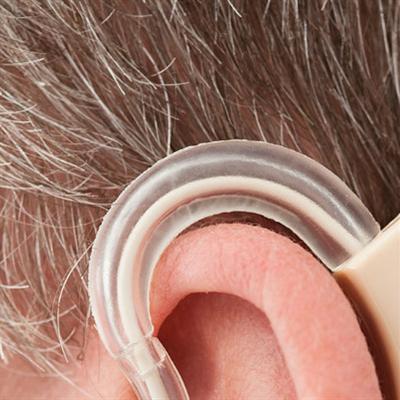Multilocular echinococcosis?
summary
Multilocular echinococcosis? Echinococcosis multilocularis is a disease caused by Echinococcus multilocularis (Echinococcus multilocularis) parasitizing human body. It is also called alveolar echinococcosis (AE) and multilocular echinococcosis. There are significant differences between alveolar echinococcosis and cystic echinococcosis in terms of biology, epidemiology, pathology and clinical manifestations.
Multilocular echinococcosis?
Echinococcus multilocularis is slightly smaller than Echinococcus granulosus. The adult is 1.3-3.0 mm in length and 0.28-0.51 mm in width. There are four or five segments. There are four suckers in the scolex. There are two rings of hooks on the apical process, 13-34 in total, with different sizes. The ovary is divided into two lobes, located in the middle of the second half of the segment. There are 12-15 branches in the uterus of Echinococcus granulosus. There is no lateral sac in the uterus of the gestational segment, containing 300 eggs on average. The number of testes in mature segments was 26-36, which was less than that of Echinococcus granulosus (45-65). The genital foramen were in the lateral margin before the middle transverse line, and most of them were irregular and crisscross openings.

Alveolar metacercariae are spherical, small vesicles with different sizes and shapes. The wall of the cyst is divided into the inner germinal membrane and the outer homogenous layer. The germinal membrane is rich in cells, proliferates actively, and produces germ and protoscolex. There are no cells and keratin in the homogenous layer, so it is different from that of Echinococcus granulosus. There are many protoscolex in the capsule. However, human is not a suitable host for Echinococcus multilocularis.

Examination items: enzyme linked immunosorbent assay, brain CT examination, immunoelectrophoresis, complement binding test (CFT), parasite examination in urine, parasite blood examination, quantitative transparent method of parasite examination, concentration method of parasite examination, direct smear method of parasite examination, immune test of parasite infection, vaginal parasite examination, Eosinophils increased slightly in hemogram. Most of the liver function tests were normal, only a few patients with advanced liver disease had increased serum alanine aminotransferase and alkaline phosphatase, decreased albumin, increased globulin, and white / globulin ratio ≤ 1.

matters needing attention
Mainly food hygiene and strengthen the management. Educate residents in epidemic areas to avoid close contact with dogs and foxes. It is impossible to control the wild animals in nature by personal protection when peeling fox skin. 1 according to the infectious disease isolation, eat semi liquid food or light food. 2. Avoid close contact with dogs, or expel the sick dogs regularly. Wash hands frequently, do not drink raw water, do not eat lettuce. 4. Strengthen and popularize health education. 5. Registration management of domestic dogs and strict control of ownerless dogs. 6. Strictly manage market and family slaughtering to prevent dogs from contacting organs infected by hydatid.
















